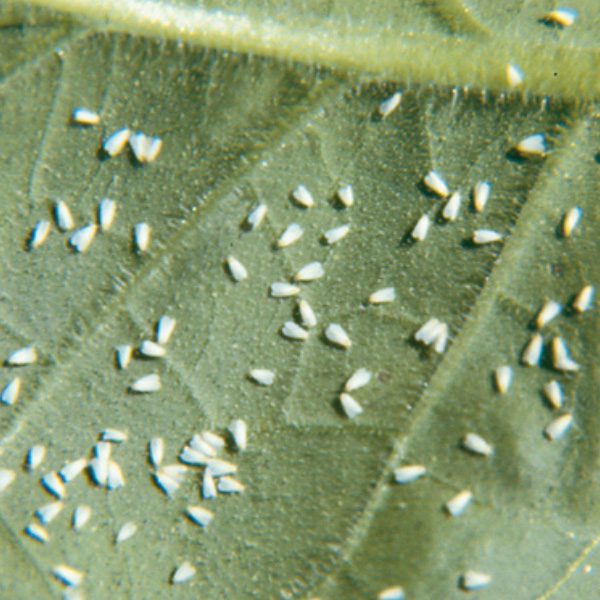Balcony & Patio
When looking for the most popular vegetable plant, the tomato would be pretty far ahead. Tomato is one of the types of vegetable used all over the world. There are more than a thousand different sorts and vary in colours of red and yellow depending upon the variety and type. They can be large or small fruit, grown as cocktail, plum, beefsteak, cherry or stake tomatoes. There are some very large tomato plants, which reach a height of 2 metres, as well as small bush tomatoes which can easily fit into a pot.
If you buy tomatoes as young plants, plant them individually in a tub of at least 20 cm diameter. Larger and higher tomato plants, such as beefsteak and steak tomatoes, need more space. Select a pot with a minimum size and depth of at least 40–50 cm for these. We recommend using a peat-free soil, specially designed to meet the needs of tomato & vegetable plants as a suitable substrate.
TIP: Tomato plants grow very easily in “Grow Bags”. Simply place a bag of potting soil onto the ground and cut a maximum of three square holes into the top. Now place the tomato plants into the open potting soil. This saves the need for a pot and you don’t need to water as much since less water evaporates. Poke small drainage holes into the bottom of the bag to avoid waterlogging. Tomato plants grow just as well in a plastic bag as in a container.
Ways to use
Tomatoes are all-rounders in the kitchen. They can be eaten fresh but are also suitable for soups, sauces and as a topping for pizzas. They are indispensable in Mediterranean cuisine. Do not store tomatoes in the refrigerator as they lose their flavour otherwise. The main constituent of the low-calorie tomato is water. Other ingredients are vitamins A, B, C and E as well as potassium and lycopene, the red plant dye that strengthens the immune system.
Location & Care
Tomatoes prefer a sunny spot. It is best to protect tomatoes from the rain by placing them under a shelter. Under the eaves of a house wall makes a particularly suitable spot on the balcony.
Tomatoes can be grown from seed from February/March. The seeds quickly grow into small plants on a bright windowsill at 18–20°C. The young plants can be individually planted out into larger pots (possibly plant together with support/cane) from April. Set the plants as deep as possible into the soil. Tomatoes also form roots on the stem when covered with soil. More roots mean more water and nutrient uptake and, ultimately, a greater harvest. Home grown or bought plants can move to the balcony at the end of May. Fertilise once a week with liquid Organic Tomato Feed or in June and again in July/August.
Tomatoes require quite a lot of water. Make sure they have enough water but avoid waterlogging.
Do not water tomatoes from above. The leaves should get as little water and rain as possible. Pinch out small, lateral shoots in the leaf axils. This is called side-shoot removal. This ensures that the tomato has just one main stem with straight side shoots. The volume of leaves should not be too big as the plant should put all its energy into forming the tomato fruit.
As soon as 5 to 6 flower heads have formed, cut off the tip of the main shoot to just above the next side shoot. Always remove very large leaves. The bush tomato is the exception here: in this instance, do not remove the side shoots, nor shorten the main shoot.
Large tomato plants generally need support in the form of a cane. Carefully tie the main branch to the cane and train the plant upwards. In very large tomato plants, you can also train the main branch along a length of string. Loop the end of the string around the central shoot and tie the other end of the string higher up.
The first fruits are ripe from July and you can pick fully-ripe fruit until the first frost. At the end of the season, also harvest the last green fruit as these ripen inside a warm house.








